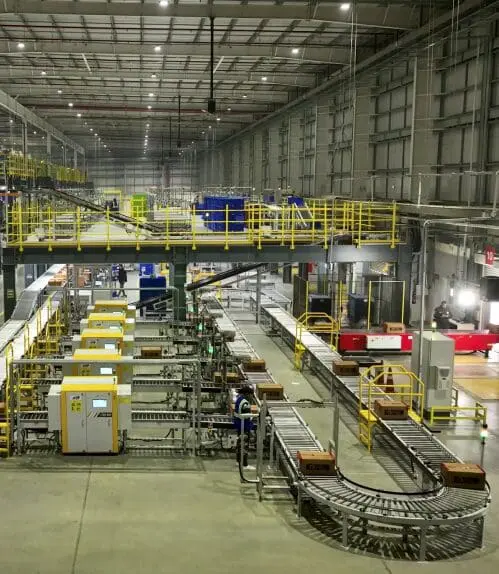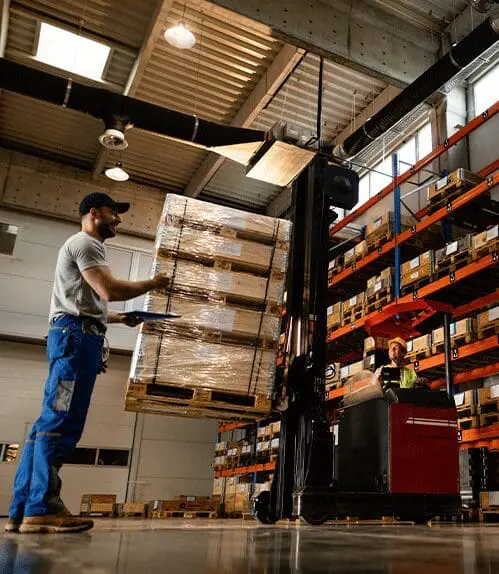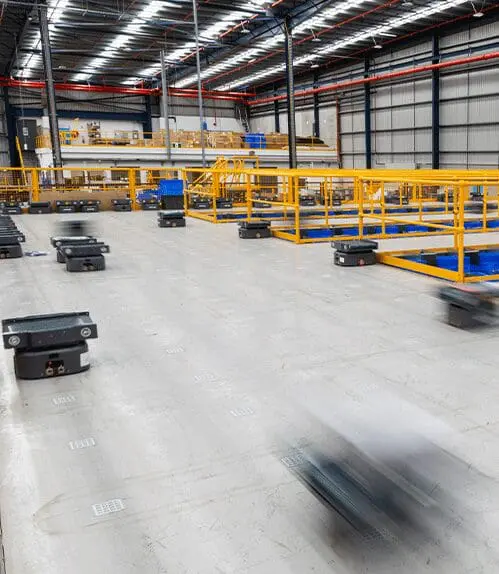Machine Learning (ML) can be defined as the scientific study of algorithms that a computer uses to complete predefined tasks without human intervention. Machine Learning relies on patterns, movements, and inferences of the objects in its provided tasks. While we already see the use of machine learning in our day-to-day activities like face detection, speech recognition, trading algorithms, and online streaming recommendations, etc., this technology can be used in modern-day warehouses to elevate automation and increase productivity as well. Machine learning not only helps in improving the efficiency of a warehouse but also in organizing as bulk work gets diverted to artificial intelligence, warehouse staff can focus their energy on product quality and customer experience. Let’s take a look at how machine learning can revolutionize the modern-day warehouse experience.
Practical applications in the core areas
In warehouse management, machine learning can help alternate traditional planning and optimization tools which rely on certain process modelling or engineering. For instance, consider labour management systems that are based on engineered laboured standards. An Electronic Line Shafting (ELS) based system is explicitly programmed to calculate the expected work completion times for a given task using a pre-defined set of numbers and variables. ELS requires a huge upfront investment and measurements to come up with values used in the model. Machine learning, on the other hand, can help simplify this task by analysing streams of minute operational data, without the need for upfront engineering and numbers. The data can arrive through a number of sources such as mobile devices and automation systems, even WCS.
Receiving a new product in a warehouse can also be simplified with the help of machine learning. Machine learning can help analyse the current location of items in a warehouse, and when new shipments arrive, can match them to the correct location. This reduces the time consumption, reduces mistakes, and increase the efficiency of operations. ML can also help direct manual workers to the shortest route to reach a specific point in the warehouse, thereby saving time. Picking, another task is the highest visibility task in a warehouse, and machine learning can optimize it in a number of ways. As per a report by Adaptalift, order picking forms as much as 55% of operating costs within a warehouse, as compared to shipping and storage, and even has a direct impact on customer satisfaction levels. ML can help reduce the number of steps in the picking process, thus reducing the margin of error and damages. Whilst picking multiple orders, ML can help analyse the orders in the system and arrange the direct path, while simultaneously separating orders.
Inventory management is another aspect of the modern warehouse which needs a careful tendering to achieve efficiencies in supply chain. A lot of time and investment goes into improving the optimization techniques to make this process as smooth as possible. Machine learning can step in at this point and help improve inventory optimization, especially companies with multiple warehouses. ML can take into account multiple independent variables that could cause errors or delays in managing inventory, and provide appropriate suggestions and solutions to manage stock efficiently.
Another important factor that can contribute to making a warehouse more efficient is the use of the Internet of Things inside a warehouse. Implementation of sensors, RFID tags, device-to-device communication, and other forms of connectivity can help manage daily tasks easily. Machine learning can run the data collected by the IoT sensors and can help increase the life of machinery such as conveyor belts, shuttles, navigation-driven mobile robots, and even understand wear-and-tear by AGVs and other smaller delivery bots.
As a final word…
While in a current warehouse, we might see robots working alongside humans, machine learning can help propel the importance of the accuracy of robots and completely eliminate the need for human presence. A future warehouse, powered by machine learning, will be fully-automated, and an error-free space which will complete all its tasks and projects on-time with a one hundred percent accuracy.





